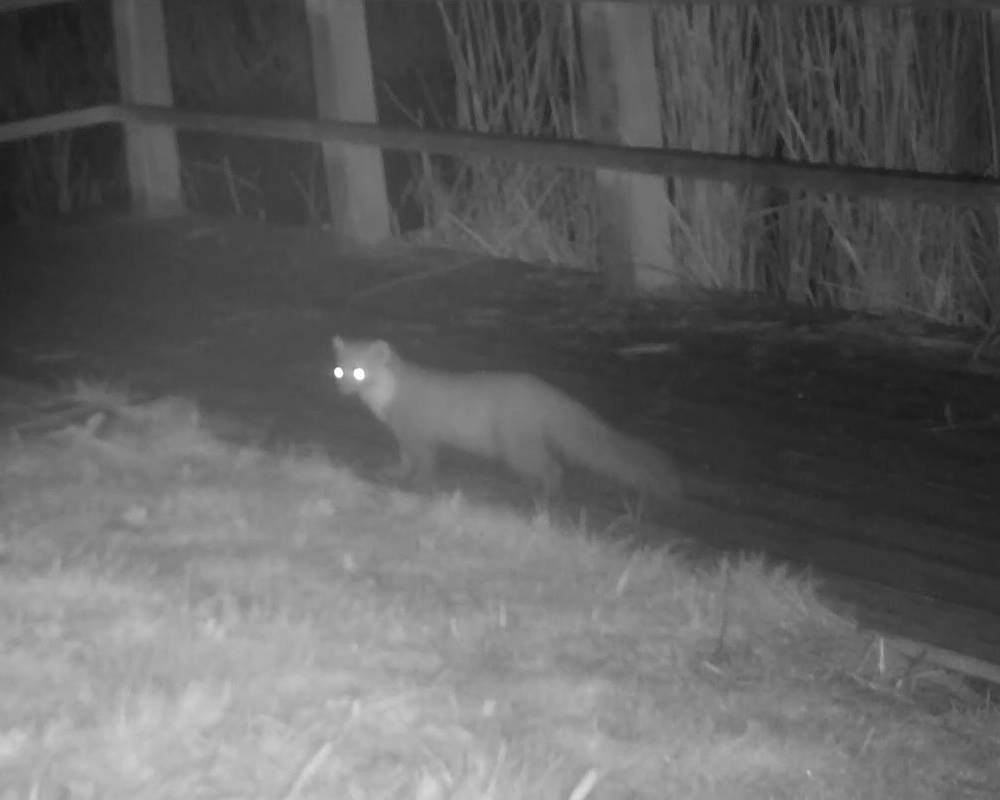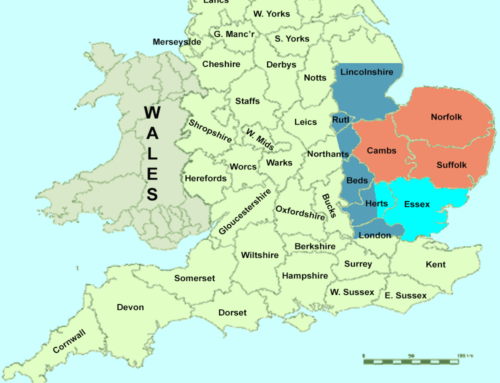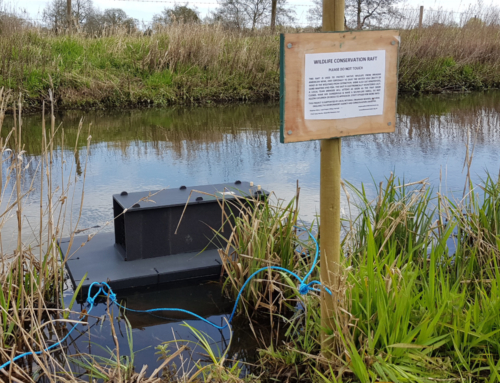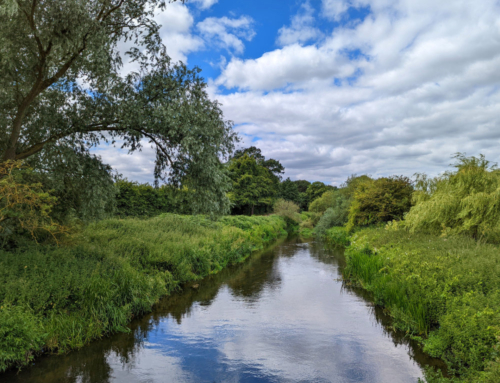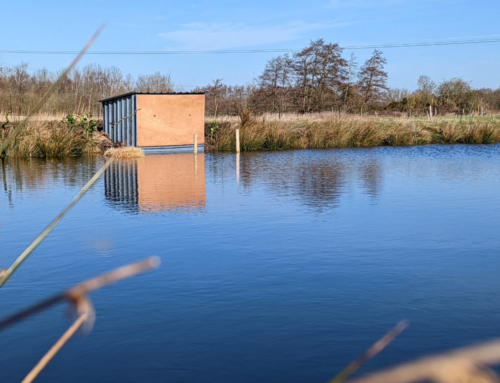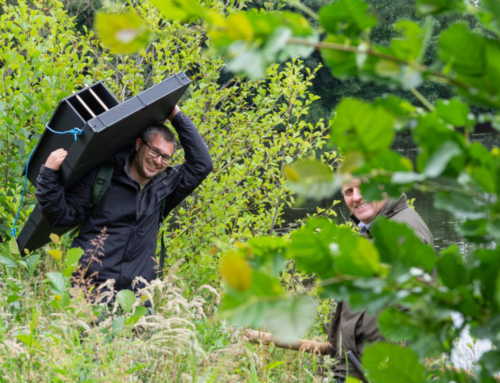Camera Trap Reveals Surprise Visitor
Mink monitoring stations across the Waterlife Recovery East project area sometimes reveal surprising visitors but none more so than a pine marten that has become a regular visitor to one of our Essex sites since Mid March 2023. Pine martens were once a common native species in the county’s woodlands but like polecats were eventually trapped to extinction. By 1845 they were gone although a single animal was spotted in Epping Forest in 1883.
Unlike polecats (which have recolonised Essex since 1999) the current natural range of pine martens is now restricted to Scotland, parts of Northern England, parts of Wales and the west of England. But there is certainly no way that a pine marten would have naturally arrived at a location like this in Eastern England so the only conclusion is some form of human agency, either accidental or deliberate, was involved. The fact that other individuals have been appearing over the past few months in counties far from their natural range (one is present in Kent as I write) suggests a potential wave of deliberate releases.
For now we are keeping an eye on this visitor in consultation with Vincent Wildlife Trust and Natural England and this is yet another reason why the WRT policy of humane trapping with live capture smart traps is so important. Although we are not actively trapping this particular monitoring site we would not wish to harm a pine marten if it did find its way one of our traps like polecats already do.
Related Posts
If you enjoyed reading this, then please explore our other articles below:

